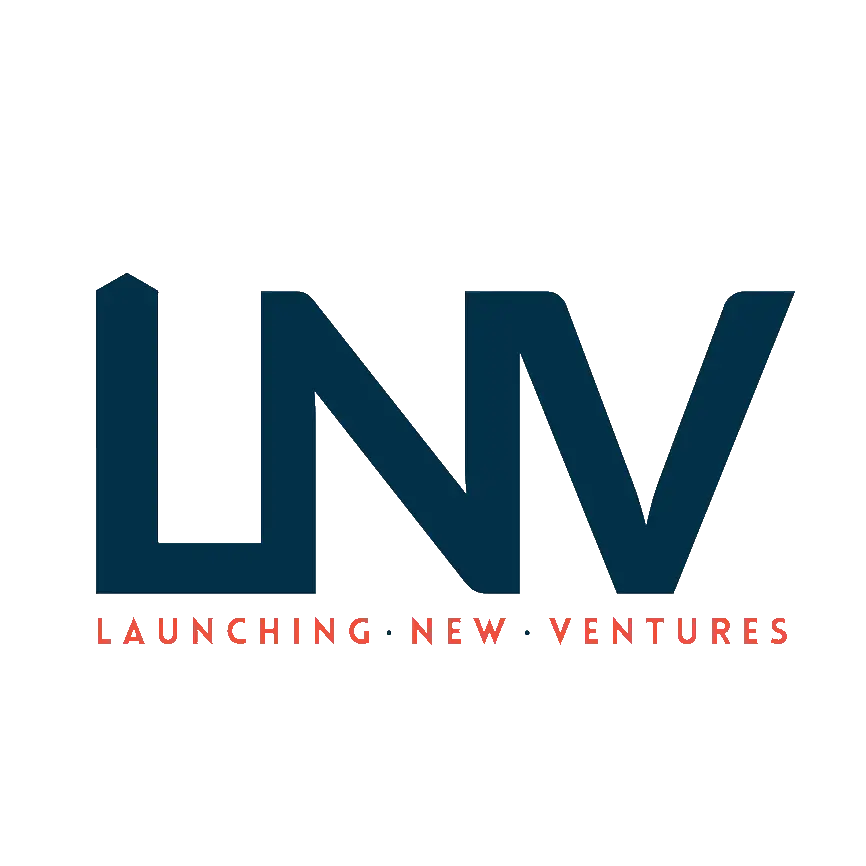Is my idea viable? There are four steps that most businesses go through in determining whether or not it’s an idea that can work or not.
You don’t want to jump directly into writing a long business plan. You’ll stop before you even start. Also, by the time you finish writing your business plan, it’ll already be unusable, because the market changes quickly.
A feasibility analysis is an assessment of a potential business idea, rather than just a product or service. You want to look at a business holistically and figure out if people would actually want what you are offering. Complete a FA Chart through primary research and secondary research.
- Ideate a business venture
- Create an MVP
- Examine the following
- Product/service feasibility
- Industry/target market feasibility
- Organizational feasibility
- Financial feasibility
If you notice a positive response for all four of the examination criteria, then move into Step 3. Otherwise, reconsider or rebuild the idea.
Product or Service Feasibility
What is the product or service’s appeal? If it doesn’t sell, as in, if people don’t want it, your idea is dead on arrival. There are two components to this part of the feasibility: desire and demand.
Here are some of the questions that you should ask to determine its desirability.
- Does it have any major flaws that would be catastrophic to its release?
- Does it solve a problem, trend, or a gap in the market?
- Does it make sense, will people get excited about it, is it doable?
- Is this a good time to introduce the product or service?
And, here are some questions that you should ask potential customers to figure out the demand.
- How likely would you be to buy the product or services?
- How much would you be willing to pay for the product or service?
- Where would you expect to go in order to purchase it?
Industry or Target Market Feasibility
An industry is a group of companies that are producing similar products or services, whereas the target market is the segment of the larger market that the business is trying to attract.
Most new entrants aren’t seeking to own the entire industry, but instead carve out a piece of the pie for themselves. When gauging the feasibility, check for attractiveness of the industry and target market.
An attractive industry usually has the following characteristics:
- Relatively newer industry
- Earlier in its development cycle
- Splintered and fractured players
- Higher operating margins
- Blue ocean
- Growing industry
- Independent of price fixed materials and regulatory restrictions
An attractive target market has the following characteristics:
- Well defined and clearly identified
- Accessibility between buyers and sellers
- Product market fit
- Openness to engaging and learning
These characteristics help determine whether it’s an industry or target market that you should enter. If there are more positives than negatives, then it may be a suitable industry and/or target market.
Most new entrants don’t have the capital or resources required to compete in the larger market initially. Being head-to-head with a market behemoth wouldn’t bode well for a little start up. So, what happens, is that the smaller businesses carve out specialized areas of servicing. Otherwise, it would be too expensive to penetrate an existing market.
The challenging part is trying to identify an attractive target market that is large enough to have sufficient potential buyers to support the business.
Organizational Feasibility
The purpose of examining organizational feasibility is to determine whether the business has enough managerial expertise, competence, and technical resources available to successfully launch a new venture.
When proposing a business, you should look at the ability of the management team. Make sure that you are firm and honest when you ask for their skill level and self-assessments. And, also get a feel of their depth of passion for the industry and being a part of a start-up.
Another successful trait is their connections and social network. Do they have friends, family, or colleagues that they can call on to fill the gaps in their experience, or to get closer to a person of influence? Can this collective of founders, key employees, and advisors- with its collective experience, skills, network, and resources- pull off this new venture?
This is if you decide to onboard a team of specialized and experienced members. If you are a solopreneur to start, you will still want to make sure that you are firm and honest in your self-assessment. Dream big, but be realistic. You don’t want to be in over your head and unable to deliver on your promise. Also, you will want to know areas in which you may need support in the future.
Will your business be able to obtain the necessary resources to move forward? Identify what nonfinancial resources are needed and what financial resources are needed. They say that it takes money to make money. A better way to look at it, it takes resources to create more resources.
Think about launching a fine-dining restaurant without any skilled chef in the labor pool. Without it, you don’t have anybody that can make the foods at a high-level. You would have to train staff to that level, or recruit from out of the area.
Pay attention to the organizational feasibility to recognize if the business idea you are pursuing can get off of the ground with what you already have. Then, see if you are able to get the resources that you need.
Financial Feasibility
Is the business idea worth the money needed to get it off of the ground? Is it financially feasible?
- How much capital do you need to invest?
- What are the assumed risks in launching the business?
- What are the alternatives for the money being invested?
- What are your time and effort alternatives?
- How much are similar businesses making?
You don’t have enough data right now to discern and prepare detailed financial projections (pro forma statements). What are going to be your expenses and revenues that you are expecting to get up and running. Essentially, where is the money coming from and where is it going?
Where is your money coming from? Is this bootstrapping or seed funding (as examples). Some businesses that start have no way of overcoming the first hurdle of raising enough capital to get it going. In this instance, it’s better to overestimate than to underestimate.
Look at what other companies made and how long it took for them to grow to a point of self-sustainability. These numbers are approximate.
If you can pull archive data online, great. Use your connections and resources to ask owners of similar businesses how much it cost them to start.
What you are trying to do is make observations, research, and gauge what your estimated sales could be.
Look, your idea could appear to be really exciting on the surface level, but after learning more about the feasibility of the business it may not be worth pursuing.

